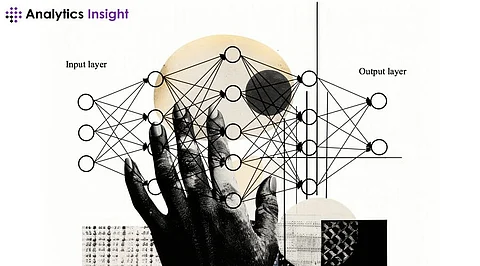

Natural Language Processing (NLP) stands at the forefront of technological advancements, poised to reshape human-machine interactions. At the heart of NLP lies a suite of machine learning algorithms that drive transformative innovations across diverse sectors. In this article, we delve into ten pivotal machine learning algorithms for NLP essential for those keen on exploring the vast landscape of NLP.
Linear regression, a cornerstone of supervised machine learning, plays a crucial role in predicting and forecasting values within a continuous range. Applications range from predicting sales numbers to estimating housing prices. Rooted in statistics, linear regression establishes a relationship between an input variable (X) and an output variable (Y), represented by a straight line. While its forte lies in predictive modeling, linear regression is not the go-to choice for categorization tasks.
Also known as "logit regression," logistic regression is a supervised learning algorithm primarily tailored for binary classification tasks. Widely used when discerning whether an input belongs to one class or another—such as identifying whether an image features a cat—logistic regression predicts the probability of an input falling into a primary class.
A probabilistic gem, the Naive Bayes algorithm finds its footing in classification tasks. Anchored in Bayes' theorem, it asserts that the probability of a hypothesis (classification) is proportional to the probability of the evidence (input data) given that hypothesis. Frequently employed in text classification, like spam filtering, Naive Bayes brings efficiency to decision-making processes.
In machine learning algorithms Decision trees versatile in both classification and regression, are graphical representations of decision solutions based on specific conditions. Prevalent in sentiment analysis within NLP, decision trees aid in deciphering sentiments and making informed decisions based on conditions.
An ensemble learning method, random forests are adept at classification, regression, and other tasks. Comprising multiple decision trees, the collective output is determined by the average of individual tree outputs. Applied extensively in NLP, random forests excel in tasks such as text classification, contributing to robust and accurate outcomes.
KNN, a non-parametric algorithm for classification and regression, operates on the premise that similar entities are proximate. Commonly employed in text classification within NLP, KNN leverages the proximity principle to make predictions based on the characteristics of neighboring data points.
In the realm of unsupervised learning, K-Means clustering excels. This algorithm groups similar data points based on their shared characteristics. Applied in NLP for tasks such as document clustering, K-Means brings order to unstructured data, facilitating streamlined analysis.
SVM, a stalwart in supervised learning, shines in classification and regression tasks. Rooted in the concept of finding the optimal hyperplane to segregate data into distinct classes, SVM proves valuable in text classification within the NLP domain. Its ability to discern patterns and boundaries makes it an indispensable tool.
RNNs, a class of neural networks designed for sequence learning tasks, find extensive use in NLP. From language modeling to machine translation, RNNs excel in capturing sequential dependencies within data, making them instrumental in tasks requiring an understanding of context and order.
Originally tailored for image recognition, CNNs have transcended their initial domain and found a niche in NLP. While excelling in tasks like text classification and sentiment analysis, CNNs leverage convolutional layers to extract hierarchical features from input data, enabling effective processing of textual information.
In conclusion, these ten machine learning algorithms form the bedrock of NLP, steering the course of technological evolution. From predicting values with linear regression to unraveling complex relationships with recurrent neural networks, understanding these NLP algorithms is pivotal for anyone venturing into the dynamic realm of Natural Language Processing.
Join our WhatsApp Channel to get the latest news, exclusives and videos on WhatsApp
_____________
Disclaimer: Analytics Insight does not provide financial advice or guidance. Also note that the cryptocurrencies mentioned/listed on the website could potentially be scams, i.e. designed to induce you to invest financial resources that may be lost forever and not be recoverable once investments are made. You are responsible for conducting your own research (DYOR) before making any investments. Read more here.
